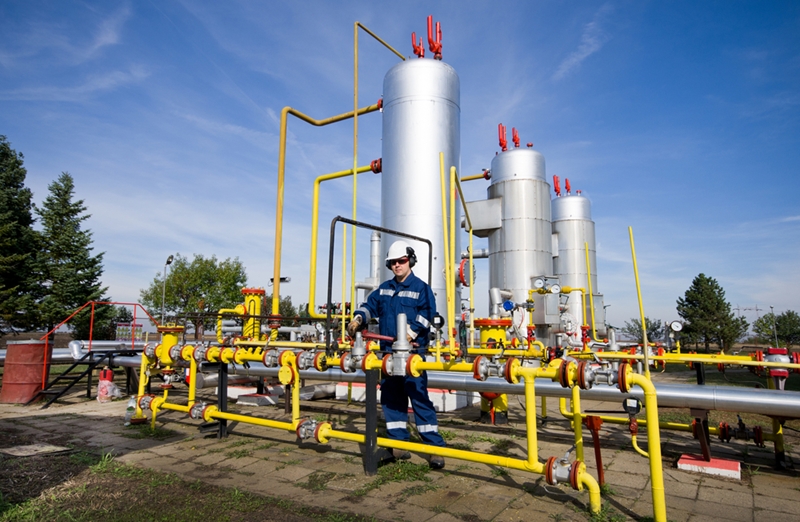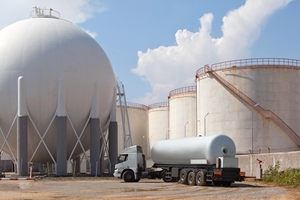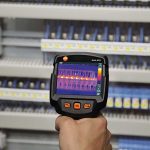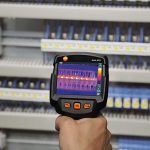Enerflex supplies gas-fuelled power generation, processing, compression and transmission equipment to natural gas producers and consumers across the world and throughout Australia. A large part of Enerflex’s service offering involves measuring temperatures, pressures and other factors to verify their equipment’s effectiveness.
To ensure the quality of their solutions, Enerflex uses Testo’s multifunction instruments as well as gas analysers. We spoke with Rodger Elias, the Company’s Regional Manager of Western Australia and the Northern Territory, to learn about how our devices support Enerflex.
1. What does Enflex do?
Enflex uses Testo’s exhaust gas analysers on a consistent basis.
Enflex is the leader at delivering innovative natural gas compression, processing and power generation solutions throughout the world. In particular, we engineer, design, manufacture, install, commission, operate, service and manage the full life-cycle maintenance of our customer’s equipment.
Enerflex’s head office is located in Calgary, Canada, and the company’s extensive global footprint of over 65 locations cover the US, Latin America, Europe/CIS (Commonwealth of Independent States), Asia, the Middle East, Africa and, of course, Australia.
2. How do you process and move natural gas from the wellhead to the pipeline?
It depends on the application. We typically use hydraulic power units driving pumps, but we also deliver wellhead generators and booster compressors that handle the gathering and boosting.
3. How does Testo fit into your operations?
Enerflex uses Testo instrumentation for engine testing and tuning. The exhaust gas analysers are the instruments we typically use the most – specifically, the testo 355. Our team also uses the infrared temperature gun, Manometer and thermal imaging camera.
Basically, we use the instruments to monitor the pressure and temperature of our equipment. WE also use them for the measurement of the exhaust gas samples, which allow us to tune the engines for optimum performance and low emissions.
4. Why do you need to test for temperature and pressure?
When gas compressor valves are used in standard applications, a temperature change indicates that there is a problem with the valve. This small detail can tell us which part of the compressor is malfunctioning so we can replace that component before catastrophic failures occur. The end result is to ensure the compressor is producing the appropriate volume of gas and is reliable for the duration of its life-cycle.
 Enflex delivers natural gas solutions to businesses across Australia.
Enflex delivers natural gas solutions to businesses across Australia.5. You also mentioned that you used gas analysers. What sort of readings are you trying to gather?
We usually test for nitrogen oxides, oxygen and carbon dioxides, and we ensure our equipment is compliant with emissions regulations.
With natural gas-fuelled engines, we need to tune them to the correct air-fuel mixture. The exhaust samples provide us with what the specific mixture is, and allows us to determine whether or not we need to make any adjustments based on the emissions readings.
6. In addition to providing the information that you need to make those adjustments, do Testo’s instruments deliver any functions that make it easier for you to do your job?
Testo’s instruments are pretty reliable. They produce precise measurements on a readable screen and they are easy to use.
7. What do you think of the service and support you receive from Testo?
They are always very friendly and helpful. If we ever have an issue or request, their customer support personnel are quick to address it. It is nice to work with a company who makes itself available and delivers helpful solutions to the problems we are having with the devices.









 Reduce cooking oil costs while ensuring quality
Reduce cooking oil costs while ensuring quality Expert knowledge on CO2 monitoring
Expert knowledge on CO2 monitoring Refrigeration knowledge - in 3 modules
Refrigeration knowledge - in 3 modules



